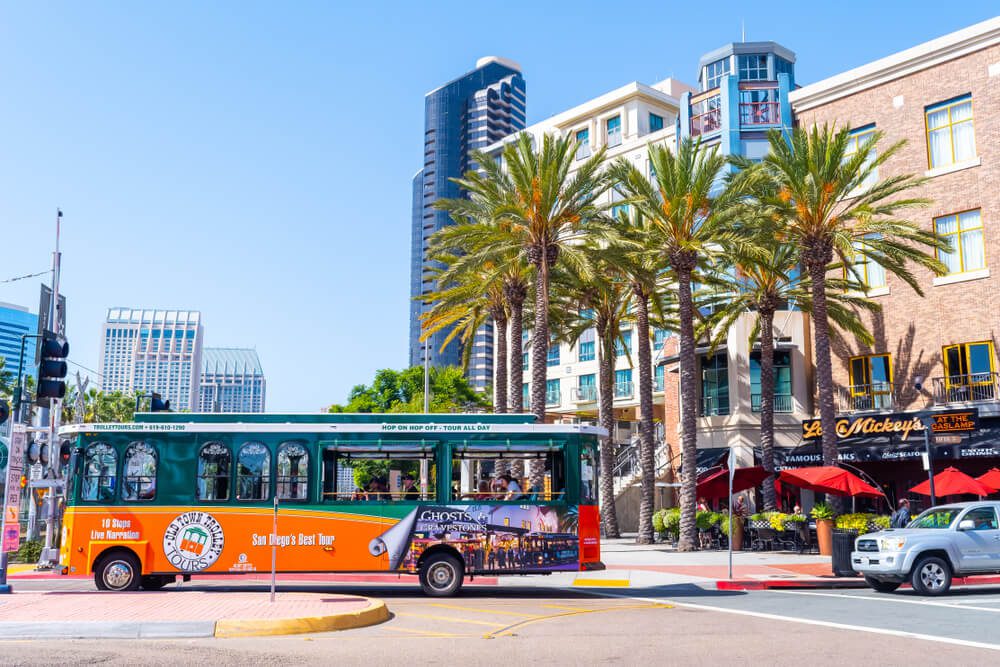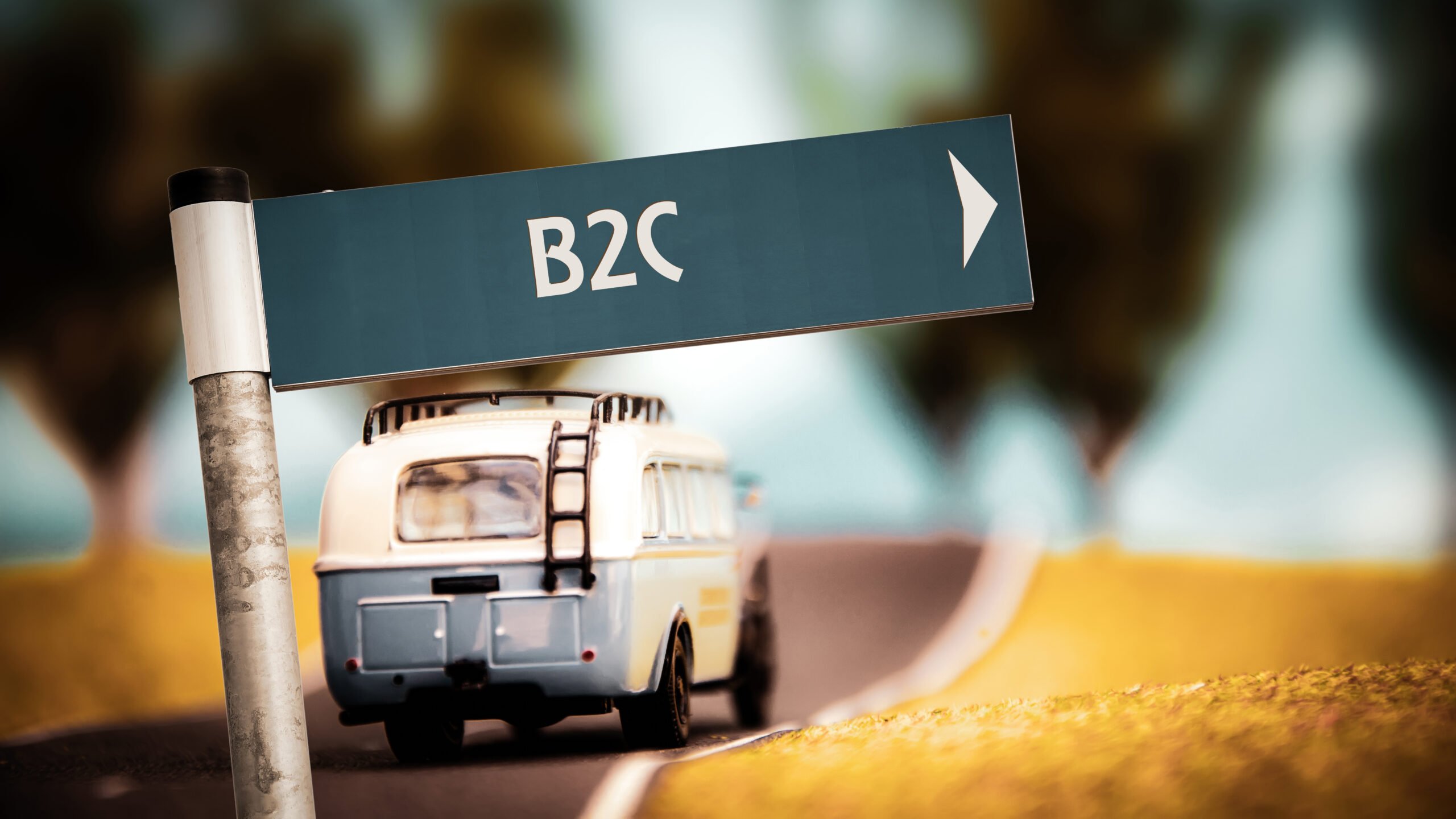
Local SEO: Tourists’ Ticket to Your Great San Diego Tours
San Diego is known for its natural beauty and captivating city life. It has so much to offer, which is why millions of visitors come to visit year after year.
If you are a local tourism company that wants to attract more customers, local search engine optimization (SEO) would be helpful. Any San Diego local SEO agency would suggest:
- Using relevant local keywords
- Creating optimized content
- Adapting mobile search
- Managing Google My Business (GBP)
- Promoting through social media
This article covers these tips in detail. Let’s go!
Watch this video to learn about the Digital Authority Partners approach to local SEO!
Use Relevant Local Keywords
One of the ways you can help people who want to tour San Diego is by letting them find you online using the same keywords they search for when hunting for local tour services. When choosing keywords, determine the best mix of significance, relevance, competitiveness, and conversion value. This gives you a better chance of ranking higher in search results and of tourists finding you fast.
Finding relevant and competitive local keywords is tough, but diligent keyword research is the key to success in this competitive field. Research helps you target the right keyword and gather insight into your customers' Google queries.
Tourism agency keywords like "hotels," "flights," and "airline tickets" have high search volumes and are challenging to rank for. So you also need something targeted. Using long-tail keywords or terms with three to five words will help do the trick. They have a low search volume but are specific.
Keywords like “San Diego pet-friendly hotels” and “cheap flights to San Diego” are long-tail keywords that help you focus on niche demographics, thus having a higher conversion rate. Find relevant tourism-focused keywords by:
- Using keyword research tools. This helps you find the best keyword for your niche, perform competitor research, and look for topic ideas. Some of the best are SEMrush, Ahrefs, and Google Keyword Planner.
- Creating a list of broad topics. Collect possible seed keywords or topics you want to rank for that can later turn into longer, highly focused terms. An example of a tour-related seed keyword is "hotels," which you can turn into “San Diego pet-friendly hotels.”
- Understanding search intent. Knowing why people seek a specific service or product helps you rank for the right keywords and produce optimized content. To find search intent use Google search, type your main keyword, and see what comes up. Use People Also Ask to get more intent ideas.
Create Optimized Content

Connecting with your audience helps you convert them into customers ready to book travel services. Optimizing your content allows you to create articles, videos, infographics, or social media posts around topics your audience is more likely to consume. Optimized content guarantees a higher rank on search engine results pages (SERPs).
So what type of content do you think your customers like? Here are some ideas to help you create engaging content:
- Create San Diego travel destination articles or videos. Highlight places people prefer to go in the city, especially during holidays (Christmas, Valentine's Day, July 4th, spring break, etc.). Use a good camera to take photos or videos and a reliable editing tool to help you create the best visual content.
- Post updated health travel requirements. Inform visitors about the latest COVID-19 restrictions in the city, especially vaccine information, city services and facilities updates, public transport, etc.
- Write restaurant or café guides in San Diego. The city has hundreds of fantastic dining establishments offering various dishes, diet preferences, and culinary delights. Your guide helps people decide where to eat and what to enjoy in the city.
- Show city guides to visitors. Create articles, maps, infographics, or videos to guide tourists navigating San Diego. Try a wine-tasting guide or a bike map.
- Present step-by-step flight hotel and dining booking. Help tourists avoid costly mistakes by helping them book their flights to and from San Diego, their dinner reservations, or a tour guide.
- Provide the latest info on San Diego events. The city is home to a plethora of annual events. Post these on your website or social media to encourage people to visit and book your services. Post a calendar of events and make sure it's complete with the date, venue, and ticket information.
Adapt Your Site to Mobile Search
People usually use mobile devices to get travel tips and book flights and accommodations. They also use their phones to find information about the weather, traffic, and travel restrictions. They could use it for last-minute cancellations too. Thus, it would be best to prioritize mobile optimization.
Google has adopted a mobile-first indexing approach to ranking sites. This means sites optimized for mobile have a good chance of ranking higher than their competitors on SERPs. The following strategies can help you create a mobile-friendly site.
- Find out about your site performance on mobile. Search for your site on different mobile devices and check how your pages look. Are your buttons accessible? Is your call-to-action (CTA) visible? Are your posts/videos/pictures working?. Doing this helps you enhance your pages and conform to Google's mobile-first ranking.
- Speed up your site. Compress your images, allow browser caching, optimize your photos, and reduce or minify your resources like JavaScript, CSS, and HTML. Remove redirects to promote the mobile page experience.
- Adapt a responsive design. Ask a web developer to help you use a responsive design on mobile. This means your pages look great and provide the best experience for your audience no matter what mobile device screen size they use.
- Structure your content for mobile. Your posts should have headings and subheadings, and paragraphs must have proper spacing. Highlight important information by using bold fonts and a bulleted list. Your CTA should appear at the top and the end of your post.
Manage Your Business GBP

Your GBP is a vital SEO strategy to help those looking online for tours in San Diego. Your business's particular listing online is where your travel agency name, address, and phone number appear. It also contains other relevant information about your business, including your website, social media profile photos, and business videos.
People looking for a good travel agency service may also check your GBP customer reviews. Once you claim your profile, you can manage reviews and even remove those you think are not relevant to your business.
Manage your GBP profile by ensuring your information is updated and consistent with your website, blog, and social media sites. Remember these tips to help you improve and update your GBP.
- Upload as many photos and videos as possible. Show your business is up-to-date and ready to serve customers by uploading many pictures or videos of your business. Photos of your storefront, waiting area, parking space, staff, and services will make your point.
- Add your regular hours of operation and holiday schedule. People will likely trust your business if your hours are on your listing. Include holiday hours, too, so they can plan when to visit ahead of time.
- Include keywords in your description. There is a 750-character description in your GBP profile. Begin this with your keywords, and describe your business and your services. Mention what makes you unique to engage your visitors. Make sure every word counts.
- Respond to your customer reviews. Thank them for their positive reviews and their support. For negative ones, offer your help to remedy the situation and simultaneously thank them for their business.
Promote Your Business Through Social Media

People love to take photos of everything, especially when on trips, and post them on social media. Take advantage of this behavior by prepping your pages well. Promote your business on social media by posting photos of San Diego destinations, sharing relevant content, or running contests.
But before you start promoting, you must understand your audience and determine on which social media platforms they prefer to hang out.
Facebook and YouTube are the platforms of choice for most social media users. Based on a February 2023 ranking, Facebook has over 2.9 billion monthly active users. YouTube is second best, with around 2.5 billion monthly active users.
Therefore, having your tourist agency on these sites should be one of your top priorities. These strategies can promote your business on social media.
- Use branded hashtags. This is unique to your brands, like the service you offer or the product you sell. Branded hashtags help you collect relevant social content for a specific campaign.
- Utilize a good profile photo. This could be your brand logo or use a high-resolution image. If you use a photo, use good lighting, add contrast to make your image stand out, and crop your picture to get a perfect size.
- Interact with your customers. Engaging with your customers helps them create a better relationship with your brand and increases loyalty, sales, and referrals. Use chatbots for customer service, offer incentives and rewards, and share user-generated content.
Summing Up
With local SEO, you can promote your San Diego tour agency, showcase your brand, and increase your revenue. Use relevant local keywords, create optimized content, and adapt your site to mobile search. Also, claim and manage your GBP and use social media. Contact Digital Authority Partners to learn more about local SEO.
Want To Meet Our Expert Team?
Book a meeting directly here



